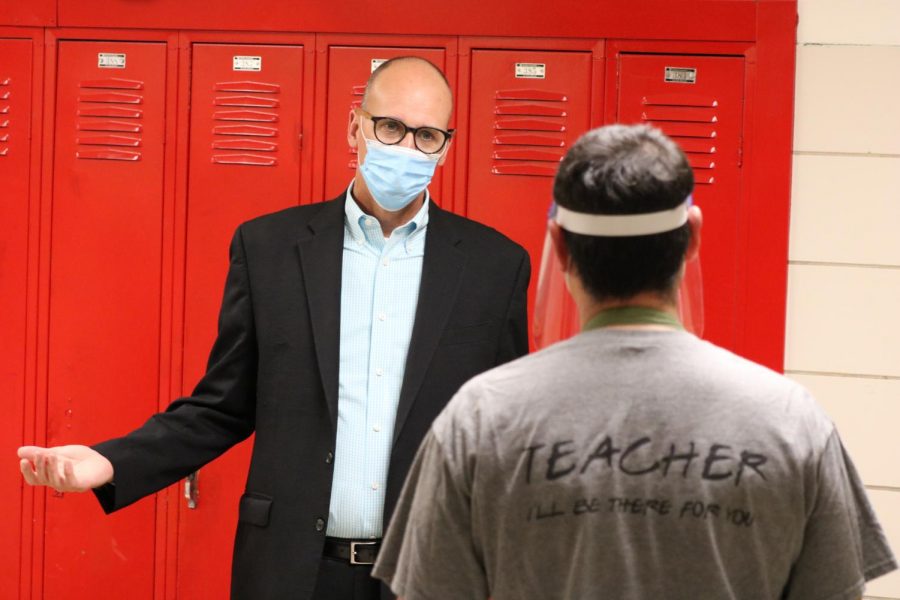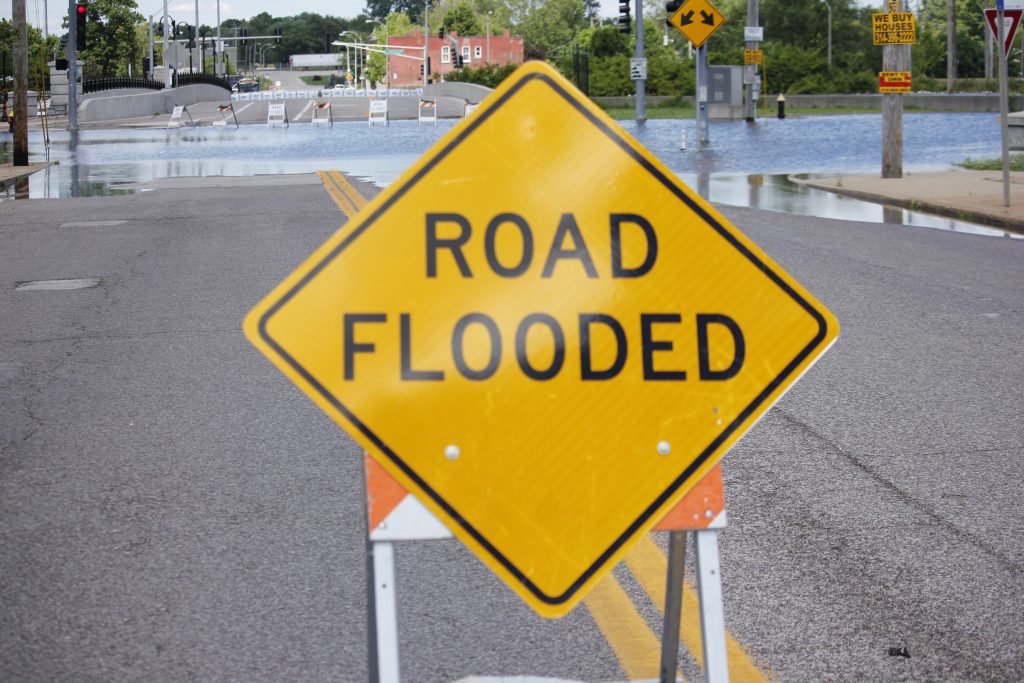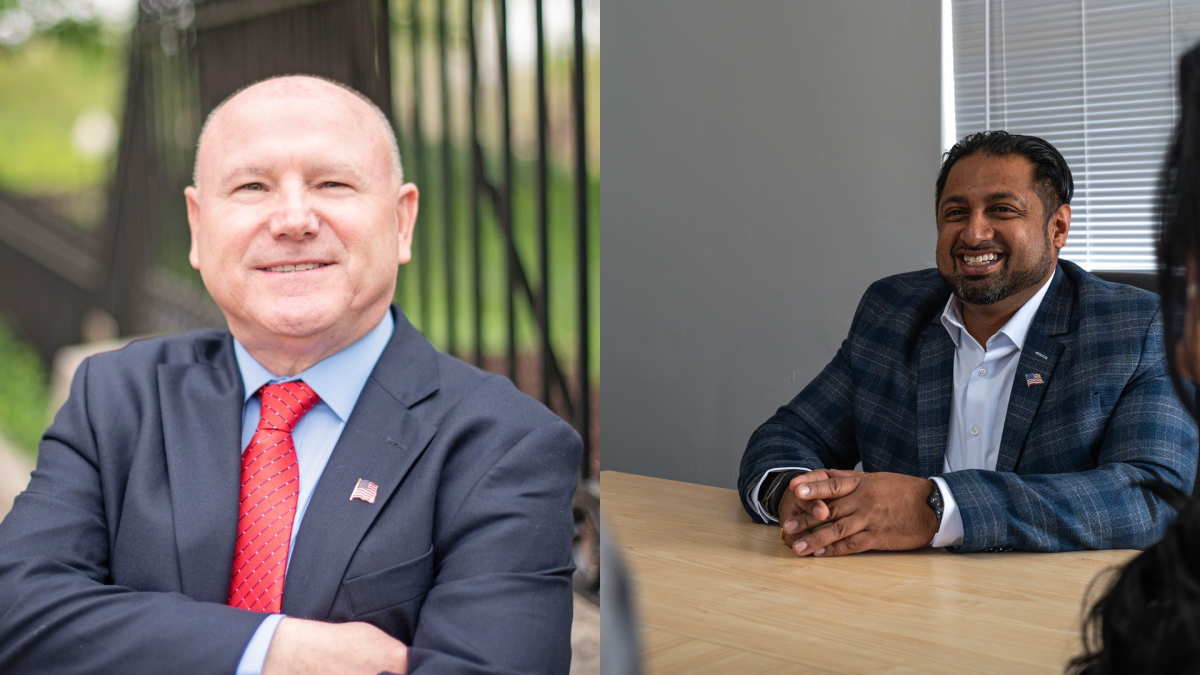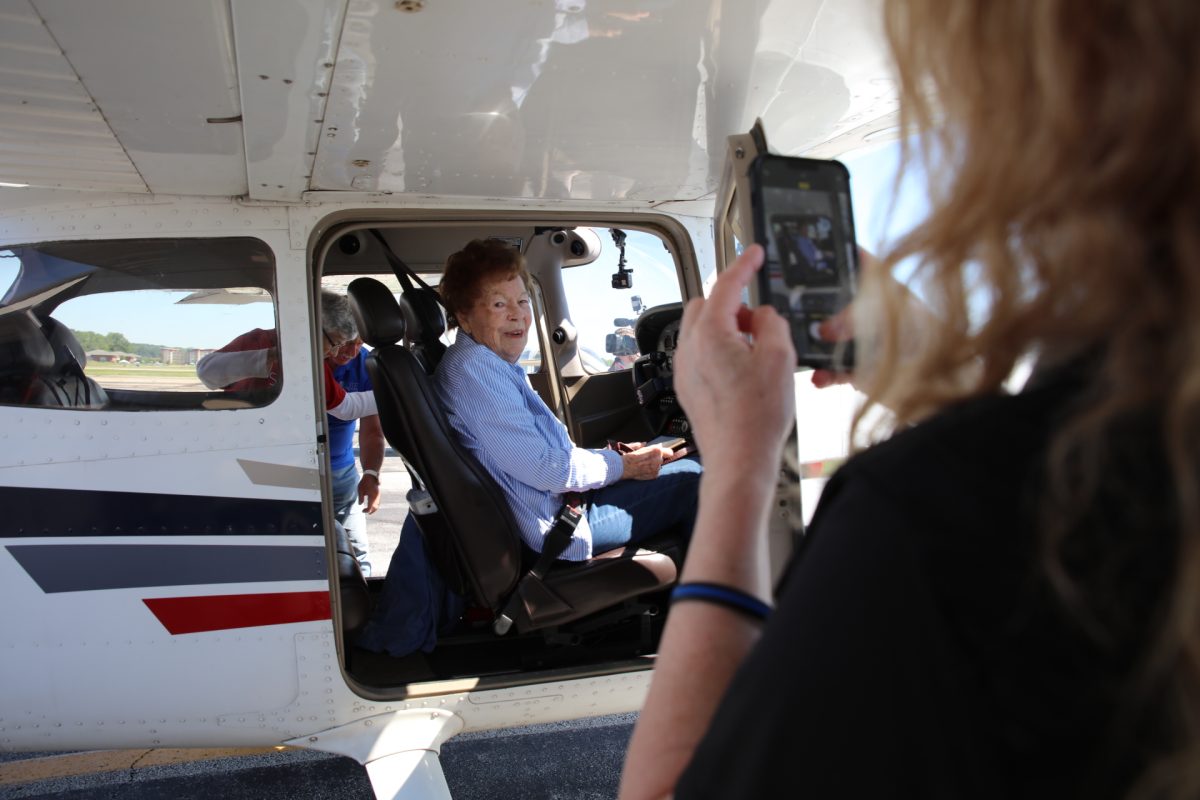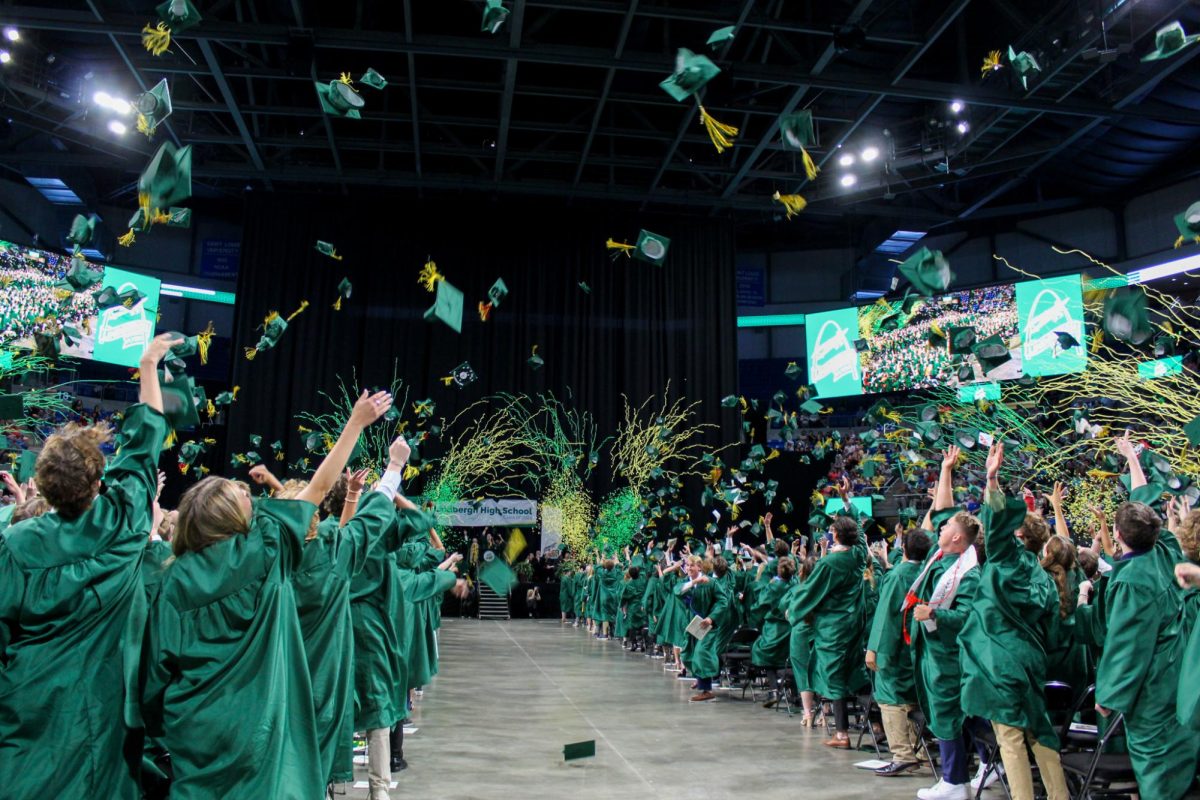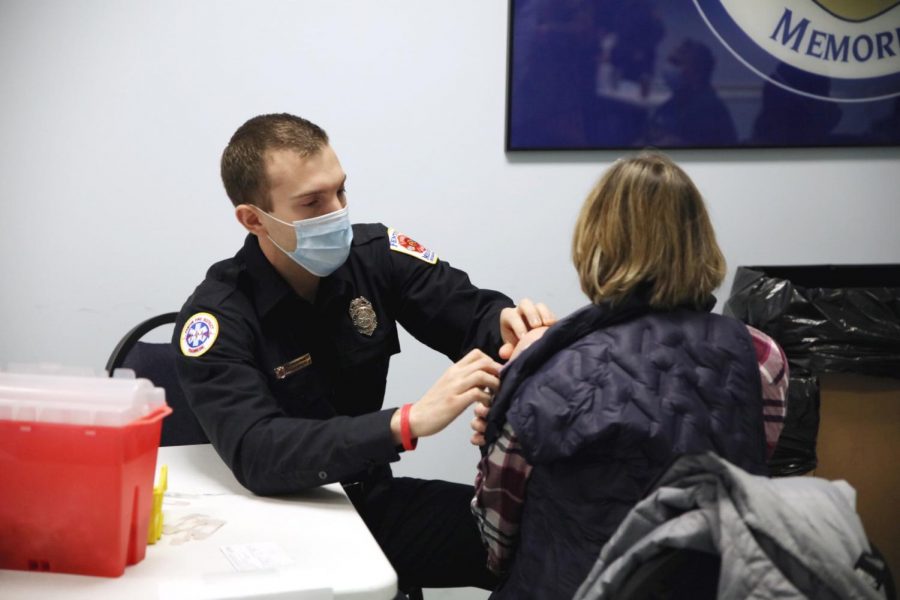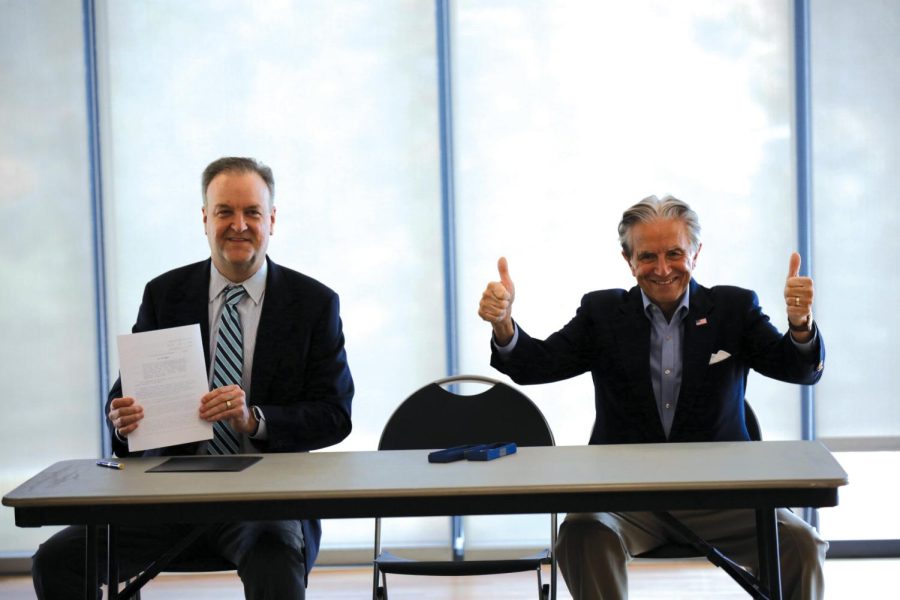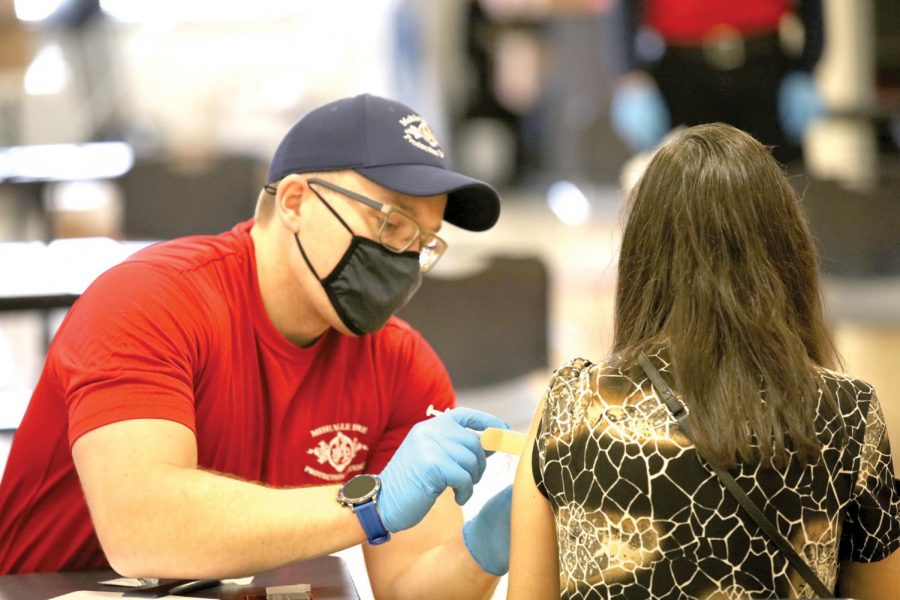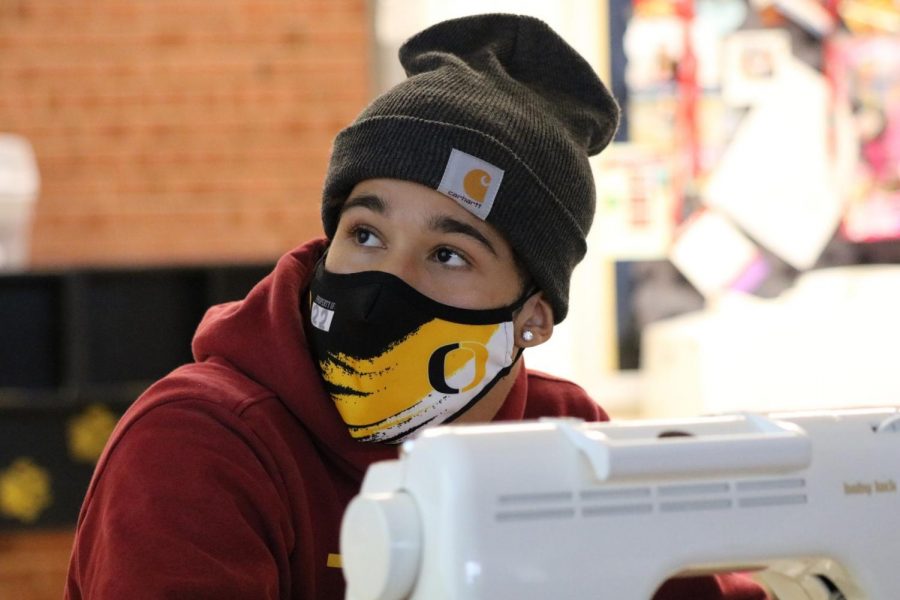In a few weeks some Mehlville School District students will attend in-person class for five days a week for the first time since last March, when school districts first closed due to COVID-19.
On Friday, Mehlville Superintendent Chris Gaines announced that, based on current COVID-19 data for school-aged children, the district will bring high school students back from all-virtual to blended/hybrid learning part-time in school and elementary students five days a week, beginning Jan. 19, the first day of second semester. Middle school students will continue attending in-person part time.
All students started the school year all-virtual due to the high number of cases in Mehlville’s ZIP codes, but the district has gradually brought students back. High school students, however, attended in person for only two weeks in October and November before returning to all-virtual due to the lack of staff to handle in-person classes.
Elementary school students will begin attending class five days a week at the start of the second semester Jan. 19. This is a shift from the current blended/hybrid learning model that rotates groups of students physically in class on alternating days with other days of virtual instruction.
Additionally, high school students will begin to attend class under the blended/hybrid model of learning Jan. 19, shifting from the “connected” mode of learning, which is 100-percent virtual instruction.
“We’ve really been paying attention to the internal data rather than the community-level data,” said Gaines in an interview with The Call. “We had seen an overall downward trend there in December.”
Middle school students, who have been in the blended model since October, will continue with no change Jan. 19.
The pivot to returning high school students to the virtual learning model in November was in part due to substitute teacher shortages, which Gaines said Friday would be a new set of data that the district was going to track.
“This data piece is going to be super important to us going forward. … So what percentage of teachers who are absent that we are actually able to fill that with a substitute teacher. We know that absences are higher this year,” said Gaines in a video released by the district. “That’s one of the things that really led us to shut the high school down, that we were unable to make it work from a workforce standpoint.”
Gaines cautioned that short-term pivots could be possible based on the sub-fill rate and workforce shortages, which would force high school to remote learning once again. But the superintendent said that they hope those would be for two-week periods, rather than four- to five-week periods.
Since Thanksgiving, the district has brought on 20 substitute teachers for the upcoming semester to help in the event of teacher absences, which have increased this year as the district requires anyone potentially exposed to a positive COVID-19 case to remain off campus for 14 days.
The district will continue to offer Mehlville@Home, the district’s 100-percent virtual learning option, for all grade levels. Students who opt to participate in Mehlville@Home make a semester-long commitment.
“So that’s the plan … in order to make that plan, it takes all of us to make that work. One of the things that we’ve found from all the contact tracing that we do … about 87 to 88 percent of those we can identify come from exposures off campus,” said Gaines. “So it’s so important that when our students are off campus that you’re wearing masks, that you’re avoiding large gatherings, washing those hands all the time and keeping those mitigation strategies in place.”














